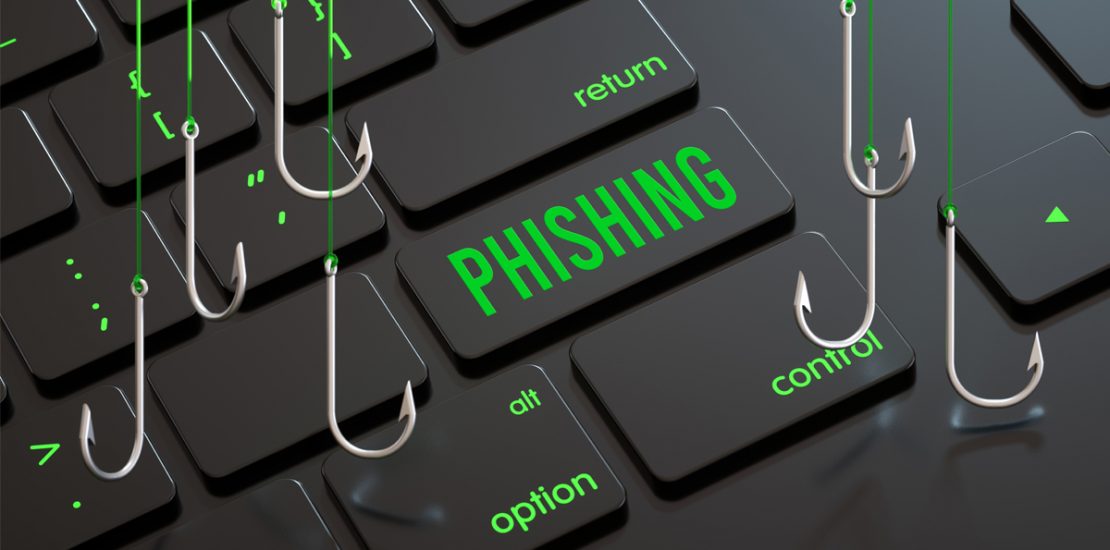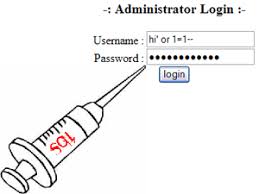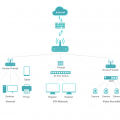- August 10, 2023
- Posted by: team SOUTECH
- Category: Blog, CISCO, Cyber-security and Ethical Hacking Training, Ethical Hacking and Kali Linux Free Training, Security

A phishing attack is a cyber attack where attackers impersonate trusted entities to deceive individuals into revealing sensitive information. They use deceptive emails, messages, or websites to trick victims into providing personal or financial data. Stay vigilant and avoid clicking on suspicious links or sharing sensitive information in response to unsolicited requests.
Case Study: A security consultant is hired by a company to assess the effectiveness of their security awareness program. The consultant designs a phishing attack scenario targeting employees, aiming to raise awareness about the dangers of phishing and gather metrics for improvement.
Step-by-step instructions:
1. Select a target: Identify the organization or individual you want to test for susceptibility to phishing attacks.
2. Choose a phishing scenario: Decide on the type of phishing attack you want to simulate, such as a malicious email with a link or attachment.
3. Set up a phishing email:
a. Use a tool like GoPhish (https://getgophish.com/) to create a phishing email template.
b. Customize the email to make it convincing and enticing for the target, such as using their name or referencing a relevant topic.
4. Craft the landing page:
a. Create a webpage that mimics a legitimate login or information submission page using tools like BlackEye (https://github.com/An0nUD4Y/blackeye).
b. Modify the page to capture user credentials or sensitive information.
5. Launch the phishing campaign:
a. Use GoPhish to send the phishing emails to the target(s).
b. Monitor and track the responses, including if the target clicked the link, opened the attachment, or provided sensitive information.
6. Analyze the results:
a. Evaluate the success rate of the phishing campaign.
b. Identify any vulnerabilities in the organization’s security awareness and training programs.





